There is something fantastically old fashioned about rendering lard. Especially when you’ve got beans simmering on the stove, the wood stove going, and eggs from your own hens cluttering up the counter.
Yes sir, put me in a cabin, throw a tin pot of coffee on the wood stove and give me an apron. I’m going old school.
Ok. Perhaps that was too far. I’m chilling in my Levi’s and sipping green tea, but you know. We were almost there.
What were we talking about again?
Oh yes, lard.
[wp_ad_camp_1]
Lard is my newest love. It’s so smooth, and velvety, and fries my potatoes to a beautiful crispy brown. I can’t decide what I like more – duck fat or lard for potatoes. Any opinions out there? Which one do you prefer? I should do a cook off and find out. And then record my findings. Like a scientist who gets to eat. That would be the best.
I promise I will get to the point of this post.
There are 2 main types of lard. Fatback which is the fat along the pigs back and leaf lard which is the fat from around the kidneys and tenderloin. Both are good, but they do have different uses.
Fatback lard has a bit of a piggy taste and is more off white coloured. It is more flavourful so it is best used for frying or sauteing. It makes amazing fried rice.
Leaf Lard is snow white and has very little to no pig flavor. This is the lard best used for pastries.
A friend of ours raises pigs, so we were sure to get one this year. It is best to render lard from a good source. Toxins are stored in fat cells in the body. This is as true for you and I as it is for the pig. If you consume the fat of the pig, where it stored the toxins in its body, you are also consuming those toxins. Yuck. That’s why you want pastured pork. Pork that wasn’t sick, or lived unnaturally. Locally farmed pork is always better. Be sure to get a source that didn’t use any antibiotics. Organic is good, but not always necessary. You want a farmer who treated the pig well, provided ample space as well as pasture so they could lay out in the sun soaking up all that vitamin D, and fed the pigs a natural diet (fruit and vegetables, grass, roots, insects, eggs, kitchen scraps, raw milk, etc). This is what is going to produce a healthy animal. Healthy animal = healthy fat.
When our pig went away for butcher we were sure to ask for all the parts back, including the lard. Be sure to ask for it if you want it; it’s a shame how much good lard goes to waste.
How To Render Lard
Cut the lard up into small cubes, removing chunks of meat, skin (if doing fatback), and blood as you go. It doesn’t have to be perfect, but be sure to trim most of the excess away. You can also grind it to make the rendering process go faster, but I didn’t mind waiting around for it to render down.
Put the pieces into a slow cooker, and add a 1/4 cup of water. This will ensure the fat doesn’t burn when it first starts to render. Don’t worry the water evaporates during the process.
Turn the crock pot on low and go about your day. Rendering lard is a sloooow process, don’t try to rush it along.
Stir whenever you happen to walk by. There will be a smell when you are rendering lard. I hate the smell of rendering lard, especially fatback. If it’s warm outside I suggest opening all the windows. But because I do things the hard way, it’s freezing cold outside. Good job April now you’re going to gag whenever you walk into the kitchen.
The lard is ready when you have crispy looking pieces on the bottom of the crock pot. Those are known as the cracklings. Some people save them to eat. I gave mine to the chickens. They sure did love them!
Strain the lard through a fine mesh strainer or cheesecloth into a mason jar. Be careful doing this! That lard is hot.
Allow to cool to room temperature then store in the fridge.
Boo ya! You just rendered lard. Using things that usually go to waste, that’s how I roll.
And amen.
Shared with From The Farm Hop
[amd-zlrecipe-recipe:31]


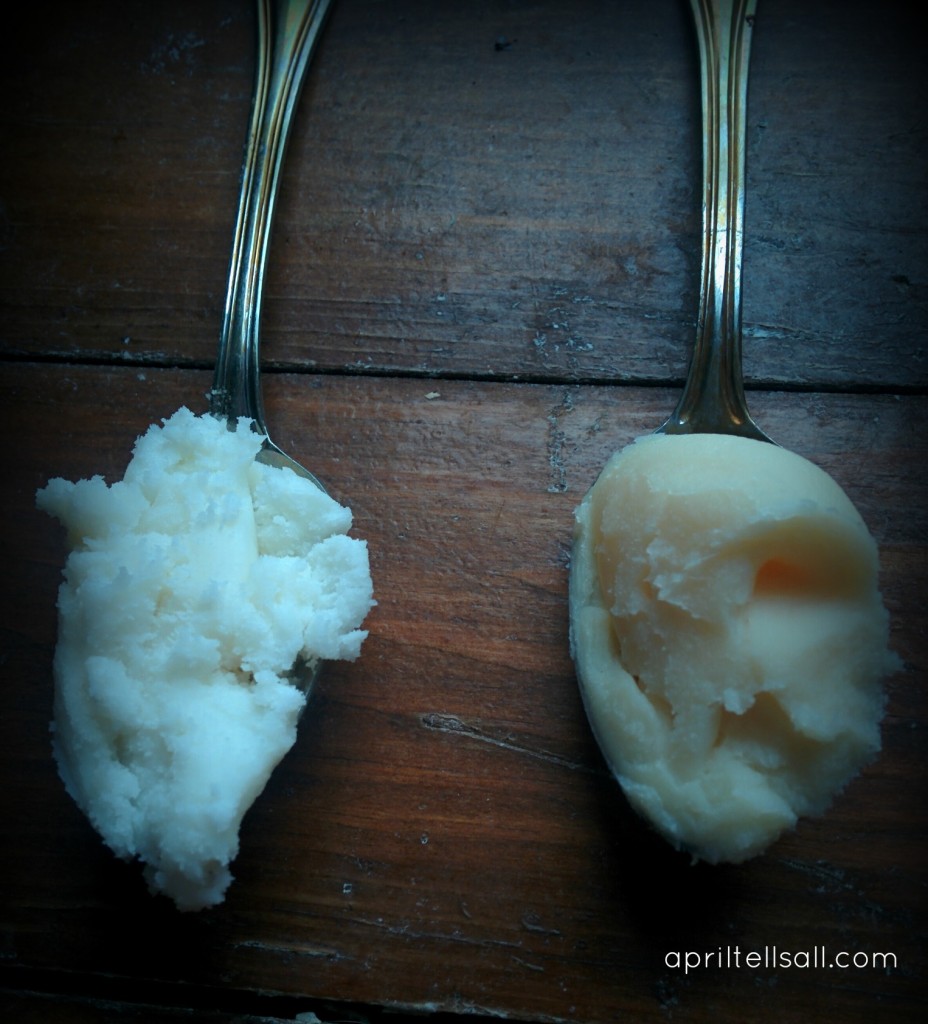

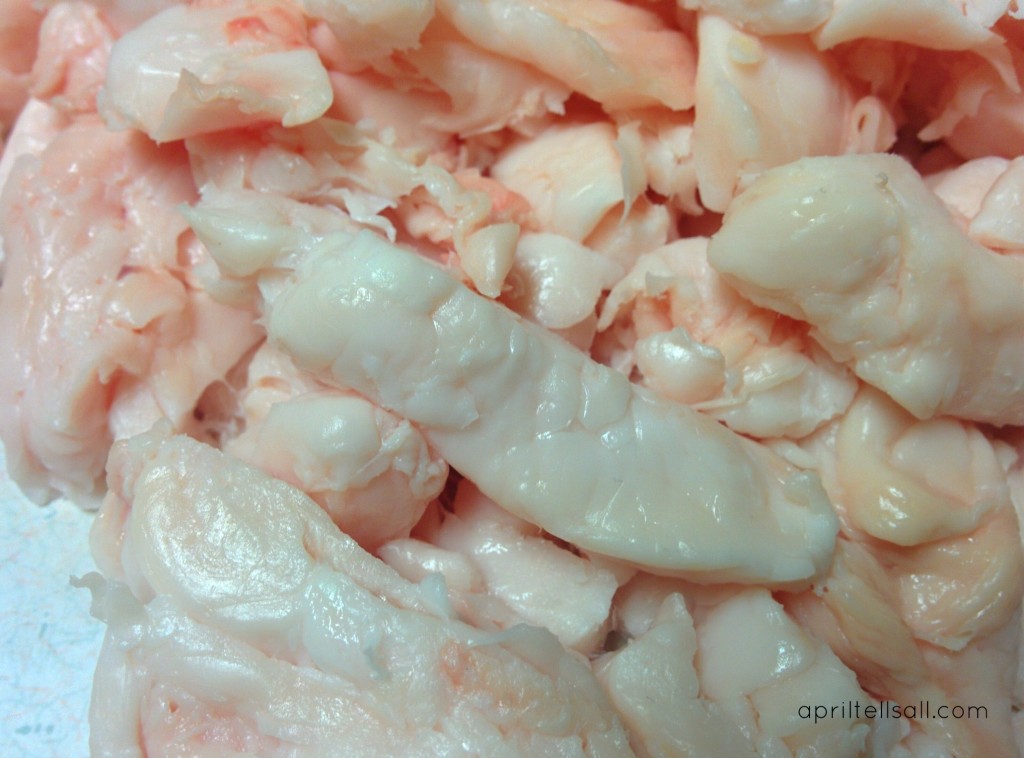
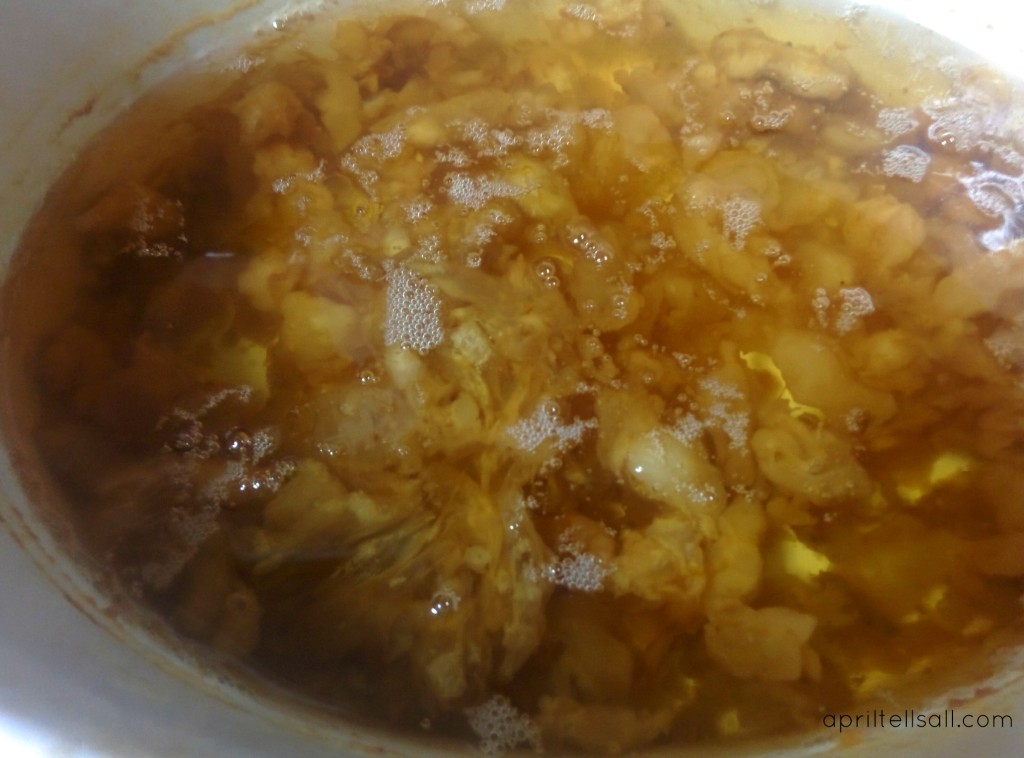
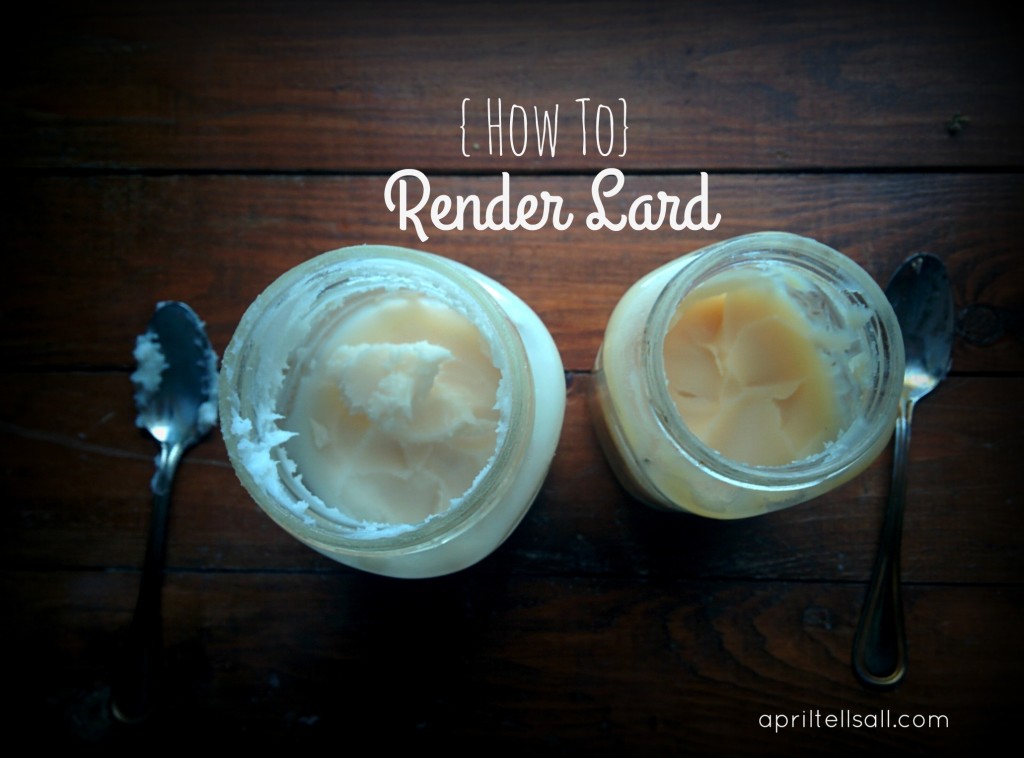
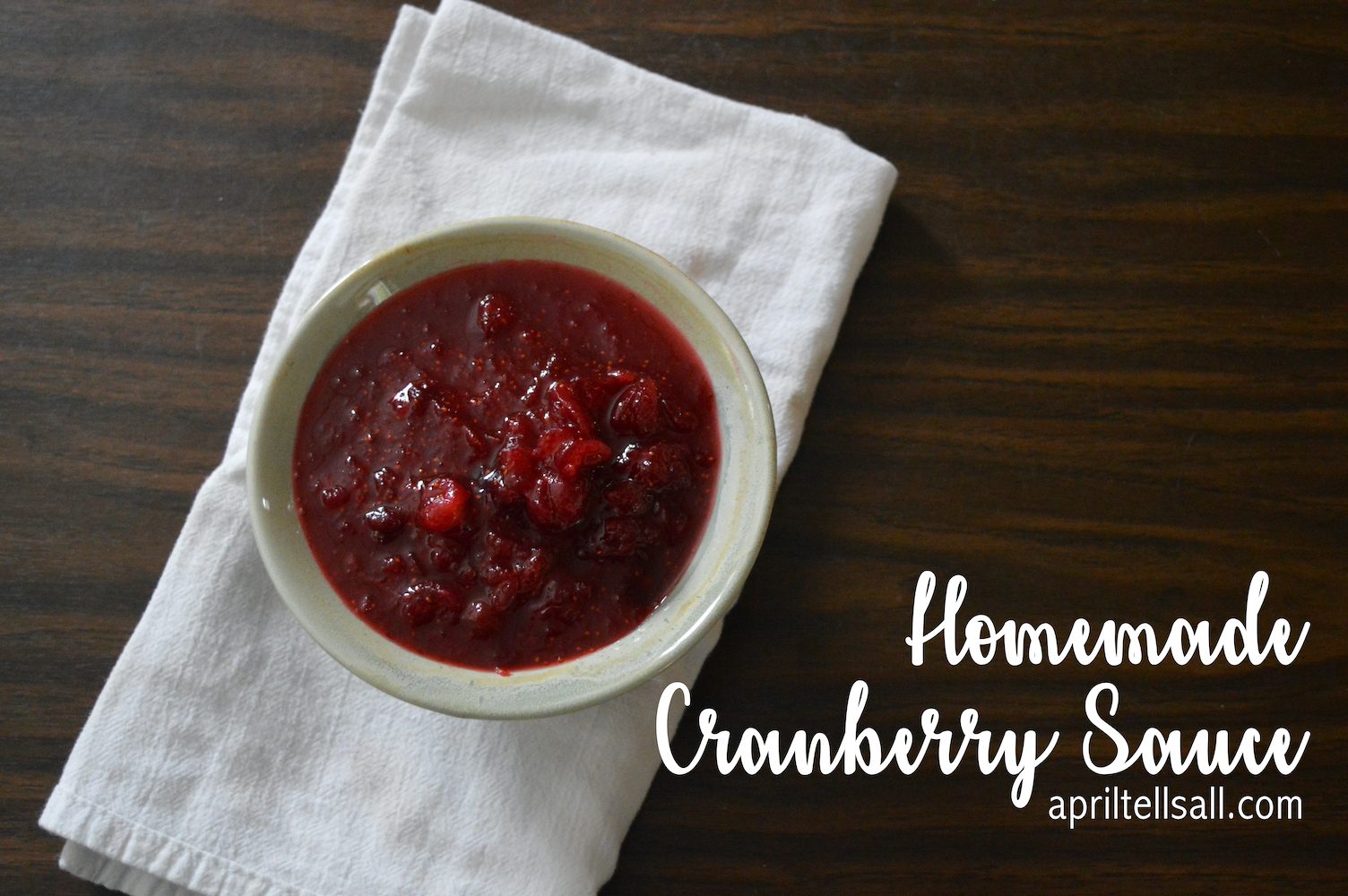
![Salt Brine Pickles [no fancy equipment needed]](https://apriltellsall.com/wp-content/uploads/2018/08/SaltBrinePicklestitle.jpg)
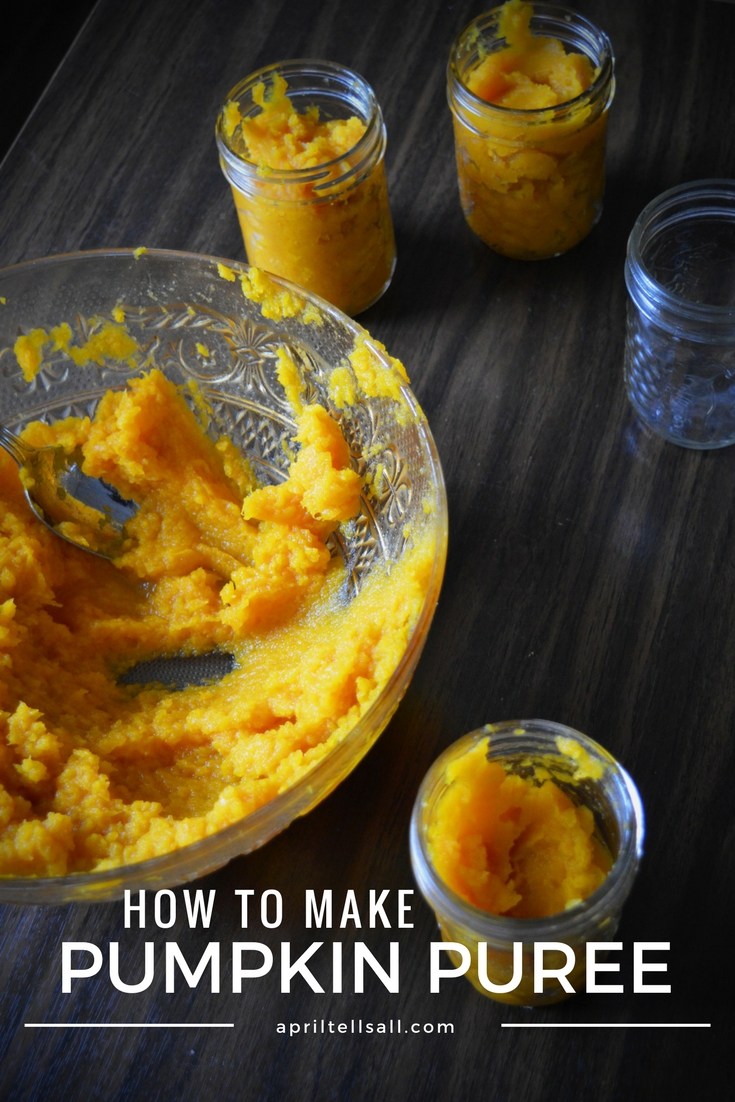

Besides refrigerating the lard, have you sealed it to keep in the pantry?
No I never did.